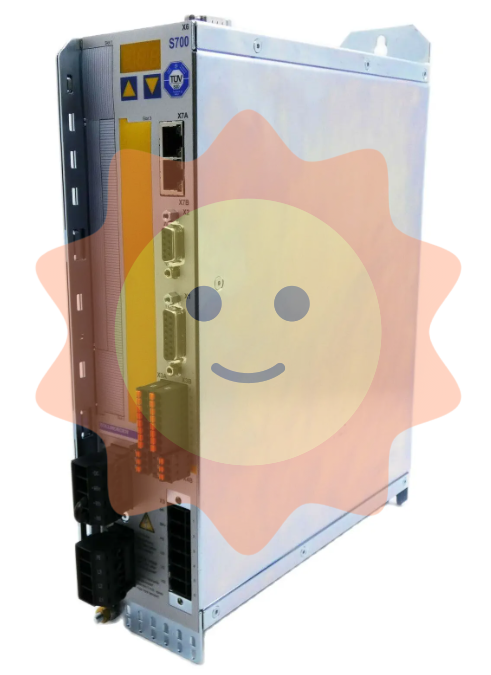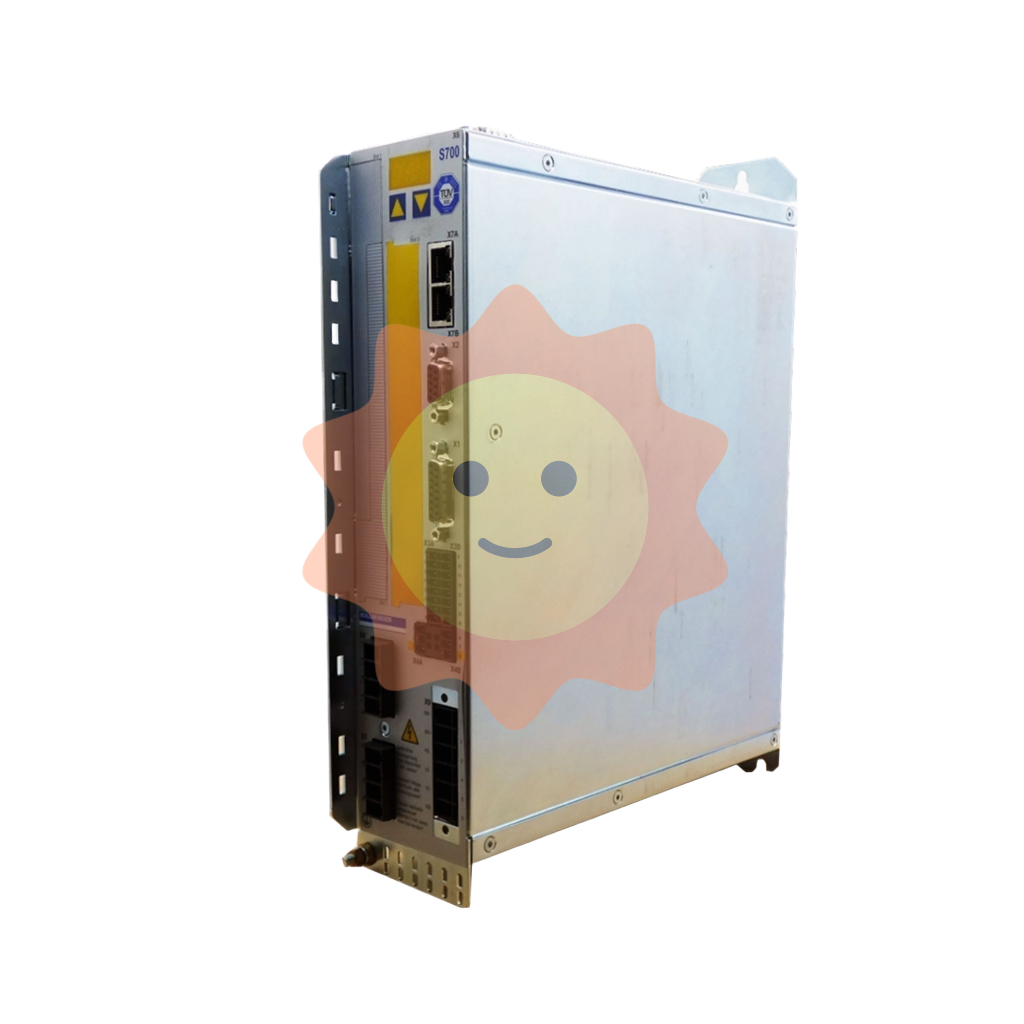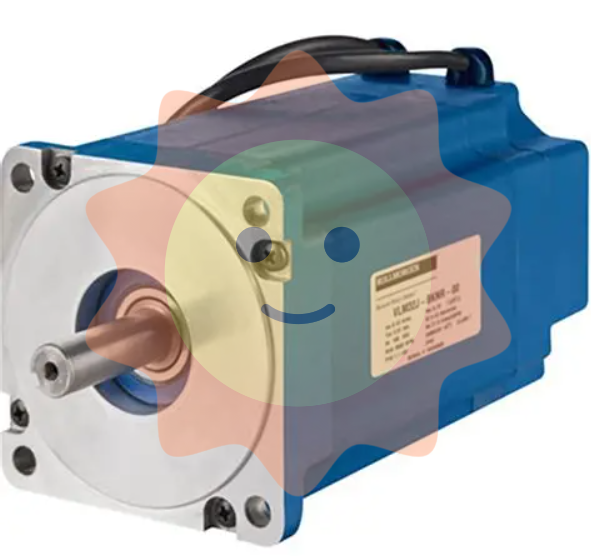Mine ventilation
In the underground, due to mining operations and mineral oxidation and other reasons, the air composition will change, mainly manifested as oxygen reduction, toxic and harmful gases increase, mining dust mixed, temperature, humidity, pressure changes. These changes have caused harm and impact on the health and safety of workers. In order to ensure the health of workers and suitable working conditions, to ensure safe and sustainable production, it is necessary to send the fresh air on the ground to the mine, and discharge the dirty air from the mine to the ground, which is the purpose of mine ventilation.
(1) Mine ventilation system
In order to send enough fresh air to the underground mining face in a certain direction and route, and at the same time to discharge the dirty air from the mining face in a certain direction and route, it is necessary to require a reasonable ventilation system in the mine.
1. Unified or zoned classification according to the whole mine
A mine forming a whole ventilation system is called unified ventilation. A mine is divided into a number of relatively independent ventilation systems, each system has its own air intake, exhaust shaft and ventilation power, although there is a connection between the shaft and the alley, but the wind does not interfere with each other, independent of each other, called zoning ventilation.
Unified ventilation has the advantages of more concentrated exhaust air, less ventilation equipment and easy centralized management. For mines with small mining scope and few surface exits, especially deep mines, it is reasonable to adopt unified ventilation of the whole mine.

Zone ventilation has the advantages of short wind path, small negative force, less air leakage, low energy consumption, simple network, easy control of air flow, and beneficial to reduce the series of dirty air and air volume distribution on demand, and can receive better ventilation effect. Therefore, zonal ventilation is widely used in some mines with shallow and scattered ore bodies or mines with more shallow ore bodies and shafts through the ground.
Zoning ventilation can be divided according to orebody zoning, mining area zoning and stage level zoning.
2. Classification according to the layout of air inlet and exhaust shafts
Every ventilation system must have at least one reliable intake shaft and one reliable exhaust shaft. The cage lift shaft is usually used as an air intake shaft, and some mines also use a special air intake shaft. Because the exhaust air flow contains a lot of toxic gases and dust, the exhaust shaft is generally dedicated.
According to the relative position of air inlet shaft and exhaust shaft, it can be divided into central type, diagonal type and central diagonal mixed type.
1) Central type
The air inlet shaft and exhaust shaft are located in the center of the ore body, and the flow route of air flow in the mine is returnable
The central layout has the advantages of less capital construction cost, fast production, centralized ground construction, easy management, convenient shaft deepening work, easy to realize wind reversal and so on. The central arrangement is mostly used for mining layered ore bodies.
2) Diagonal
As shown in Figure 3-8, the intake shaft is in the center of the orebody, and the return shaft is in the two wings, which is called the two-wing diagonal type. As shown in Figure 3-9, when the orebody has a long strike, the intake shaft and exhaust shaft are arranged at intervals along the strike or the orebody is thick, the intake shaft and exhaust shaft are arranged at intervals around the orebody, which is called the spaced diagonal type. In diagonal ventilation, the flow path of air flow in the mine is straight.
Diagonal layout has the advantages of short air flow circuit, small wind pressure loss, less air leakage, stable wind pressure during mine production, more uniform air distribution, and far away from the industrial site. Diagonal layout is generally adopted in metal mines.
3) Center diagonal hybrid type
When the ore body is long and the mining range is wide, the central development is adopted, and the air inlet shaft and exhaust shaft can be arranged in the middle of the ore body to solve the ventilation during the mining of the central ore body. The exhaust shaft can be dug in the two wings of the mine to solve the ventilation during the mining of the remote ore body. The whole ore body has both a central and diagonal type, forming a central diagonal mixed type.
Although the layout forms of air inlet and exhaust shafts can be summarized into the above several kinds, due to the complex occurrence conditions of ore bodies, different development and mining methods, in the mine design and production practice, it is necessary to arrange according to the specific conditions of each mine, and not subject to the limitations of the above several kinds.

3. Classified by fan working mode
The working mode of the fan has three kinds: pressure type, extraction type and pressure pumping mixed type.
1) Press the person
Pressurized ventilation is to make the whole ventilation system under the action of the main man-pressured fan, forming a positive pressure state higher than the local atmospheric pressure. Because the air flow is concentrated and the air volume is large, the pressure gradient in the air intake section is high, and the fresh air flow can be quickly sent into the well along the specified ventilation route, avoiding pollution from other operations and having good wind quality.
- EMERSON
- Honeywell
- CTI
- Rolls-Royce
- General Electric
- Woodward
- Yaskawa
- xYCOM
- Motorola
- Siemens
- Rockwell
- ABB
- B&R
- HIMA
- Construction site
- electricity
- Automobile market
- PLC
- DCS
- Motor drivers
- VSD
- Implications
- cement
- CO2
- CEM
- methane
- Artificial intelligence
- Titanic
- Solar energy
- Hydrogen fuel cell
- Hydrogen and fuel cells
- Hydrogen and oxygen fuel cells
- tyre
- Chemical fiber
- dynamo
- corpuscle
- Pulp and paper
- printing
- fossil
- FANUC
- Food and beverage
- Life science
- Sewage treatment
- Personal care
- electricity
- boats
- infrastructure
- Automobile industry
- metallurgy
- Nuclear power generation
- Geothermal power generation
- Water and wastewater
- Infrastructure construction
- Mine hazard
- steel
- papermaking
- Natural gas industry
- Infrastructure construction
- Power and energy
- Rubber and plastic
- Renewable energy
- pharmacy
- mining
- Plastic industry
- Schneider
- Kongsberg
- NI
- Wind energy
- International petroleum
- International new energy network
- gas
- WATLOW
- ProSoft
- SEW
- wind
- ADVANCED
- Reliance
- YOKOGAWA
- TRICONEX
- FOXBORO
- METSO
- MAN
- Advantest
- ADVANCED
- ALSTOM
- Control Wave
- AB
- AMAT
- STUDER
- KONGSBERG
- MOTOROLA
- DANAHER MOTION
- Bently
- Galil
- EATON
- MOLEX
- Triconex
- DEIF
- B&W
- ZYGO
- Aerotech
- DANFOSS
- KOLLMORGEN
- Beijer
- Endress+Hauser
- MOOG
- KB
- Moxa
- Rexroth


Email:wang@kongjiangauto.com


































































































